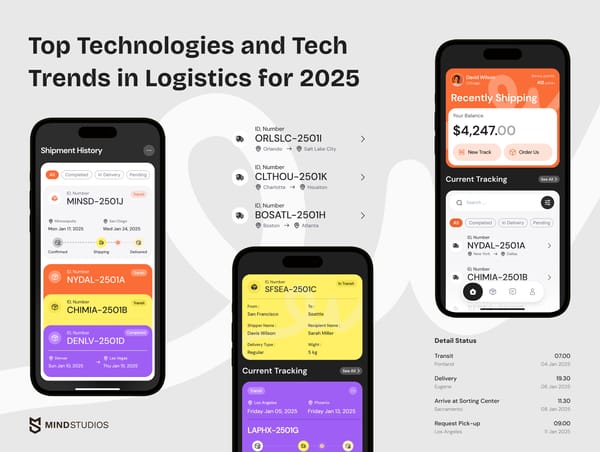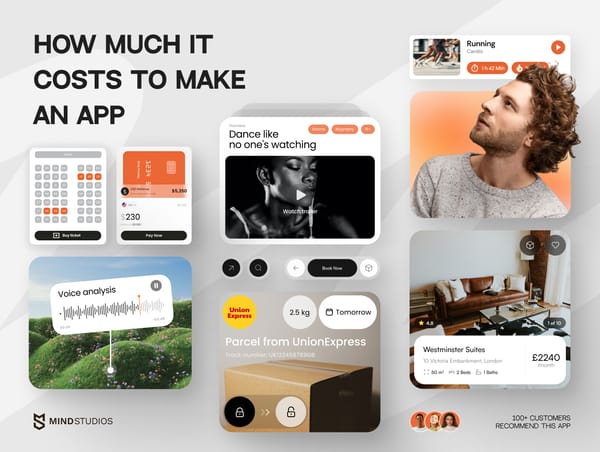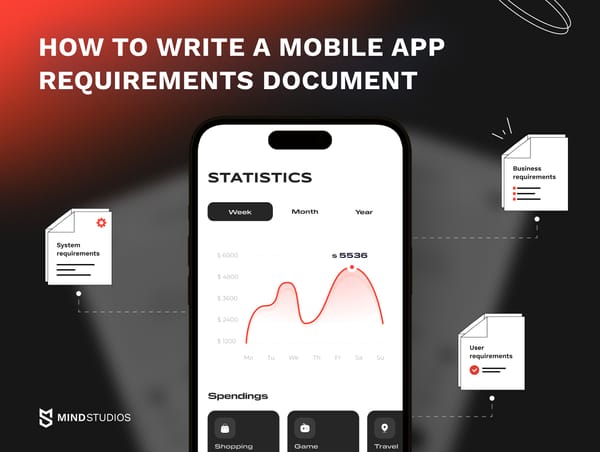If you found yourself reading this - then, most likely, you already have a mobile app, and you are questioning the frequency of updates for your app that you need to have published. What should be the frequency of mobile app updates? We will try to give you the list of factors app update frequency depends on - by asking you the proper questions below.
Never stop running if you want to stay on top.
These days we teach our children that constant learning is the only way to stay successful in a long run. In terms of mobile application, the same approach works for the business owners - the frequent updates they make for the product. Though, amount of features is not the only thing that these products should have - their evolution continues with every new release. These days we’re all involved in some sort of a high-tech rat race, where every new release happens like a roller coaster of advancement and trends.
So quite often mobile business owners think that a way to stay on top position is to have a great mobile app updates frequency, which they released while ago. The answer though, is not as simple as it seems.
How often should you update your app?
Analysis First.
Do you have to update apps every now and then ? The answer is: no, you shouldn’t be updating a thing before you realize what exactly needs to be updated. Frequently, all the updates could be split into two types: the business updates and the technical updates. You make business updates when there is a certain metric ( e. G. lack of paying users in your app) that needs to go up. You also make them when you find a new request on the market and want to fulfill it, or you want to outrun your competitors ( because now you’ll be the only one having it).
On the other side, you make tech updates when there is a code-problem - like bugs, outdated technology, new language release and so.
How to prioritize the feature development in your app? Read in our article - How to Prioritize the Feature Development after You’ve Built an MVP
There is a variety of business and tech questions that you and your business advisor would need to answer when thinking of developing a fresh version of your app. Here are a few:
- Is your application stable enough?
- Has your MVP-concept proved to be working?
- What do your users say about your app? Do they find it handy to use?
- How up-to-date is the programming language your app is written on?
It is clear that in order to answer all of these questions you need the precious data. The metrics of retention and bounce rate, user acquisition and user in-app behaviour are required to make a profound analysis - and then make a decision when to update your product. We will provide a list of tools that can give you all the necessary data.

Depending on the answers your analysis gives to the questions above, it becomes clear whether you should give your development team a call, or postpone that for some time. However, you might not have answers to all the queries risen above. Further in this article I am going to shed a light on how to answer them ( If you already know it, then skip this part and go to the next one).
How many bugs are there in your app?
Well, it wouldn’t be an eye-opener if I said that the more bugs are there in your app - the less likely it is to succeed. The good thing about it though is that bugs are found and fixed - with a number of tools you can currently have in use. An excellent tool we use and recommend to everybody is Crashlytics - a powerful crash reporting solution, as a part of Fabric system. Research, analyze, find and fix bugs to retain users - this tool allows:
- To track regressions in the app
- To control the stability of the application performance
- To find and track issues in time
Has your MVP-concept proved to be working?
As it often happens so, you do not invest into the whole product first - you build an minimum viable product first, to test the concept. Most likely you also prioritized the feature development, based on Business Model Canvas you or your business analyst has supplied you with. Following this logic, it sorts out some issue people had a major gripe with earlier.
Does it really solve the problem it was intended to? The only way to truly understand it is by looking at the behavior or your users, which leads us to the next question.
What do your users say about your app? Do they find it handy to use?

As you monitor users’ feedbacks, read the reviews on App Store and GooglePlay, and observe user behaviour you can see the results - if they are satisfying. If the retention rate is steadily growing, the session length is stable and users are not running away from your app, then there is no need for a monthly update. Respectively, the metrics with the results opposite to those listed above are a warning sign of a wrongly chosen app update strategy.
FYI: There are 9 metrics you absolutely need to track and analyze about your app - take a look here is a handy list from Mushroom
How up-to-date is the programming language your app is written on?
The speed everything moves on in the digital world is crazy, so no wonder that the frameworks relevant last year are a bit out-of-date this year. The same thing, slowly but unavoidably happens to programming languages - the old ones become dusty and outdated as the new ones appear. We had a few articles published on the topic of programming languages comparison:
So staying in the loop and keeping up with the latest IT-trends could work greatly in terms of your brand feature - you can use it as a competitive advantage to promote your product. For instance, Flappy Bird used their smooth transition to Swift as a promotional hint in their iOS app update frequency- you can read more about it in the article on TechCrunch.
On the other, transition to a different programming is often time and resources-consuming, so you really need to understand if it’s worth it. It might be just a passing fad, that you may not need to follow at all. In the articles given above we provide some info on why you should think of moving to another code language for your app effecting your Android (or iOS) app updates frequency.
Your Analytics Tools Kit.
There are many services that can help you track user behaviour in your app. Here are a few we personally use and recommend you with a clear conscience.
1. Google Analytics
Not only it’s good for websites, but the Google Analytics is also suitable for iOS and Andoid - based applications, letting you look at user demographics and behaviour, analyze revenue streams amd payments.
Type: free + a few customized perks for enterprizes
2. Flurry.
The second biggest analytics service after Google, Flurry is same good, but also relevant in regions where Google services are banned (like China, Cuba, Arab countries etc.)
Type: free
We implemented it on: Unight iOS and Android
3. Inapptics
One of the most powerful tools for analytics, claimed to be AI-powered and with an online project-integration, Inapptics is a simple service that allows you get many complex metrics out of it.
Pricing: free + has a few paid plan options
4. Mixpanel
Mixpanel tool lets you go throughout the user’s journey, and with the help of data received improve user acquisition and activation flows. Pricing: free and a paid option of $ 399 per year
- Fabric.
Apart from being an excellent analytics platform, Fabric also lets you deliver builds on the platform, meaning you need only one solution.
Pricing: free
We used it on: every project - as we use Fabric as a build delivery tool too.
Analytics Never Harmed Nobody.

Why do apps need to be updated so often if there is no solid ground for an update?
There is a great thing to mind about every update you want to make - it has to be a well-thought one. Before diving into the update process, realize what’s the purpose of the refreshment. What would you like to achieve by this and how will you check the efficiency of the update you’ve done?
As every business owner, you would like your product to grow and prosper with every new release. So this could happen, we recommend you to slow down and analyze the possible updates effect. The key to proper money investment is to define the urgency of update based on strict numbers; this way you not only minimize the risk of money wasting, but also invest where your application really needs it.
Written by Dmitry Dobritsky and Elina Bessarabova.





![How to Create an On-Demand Medicine Delivery App [Expert Guide]](https://themindstudios.com/blog/content/images/size/w600/2025/03/IMG-1-Cover-6.jpg)



